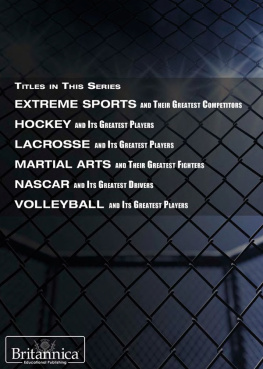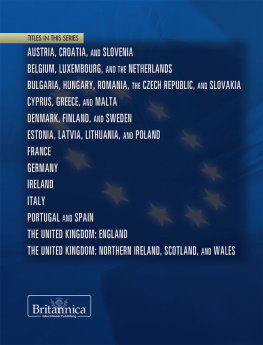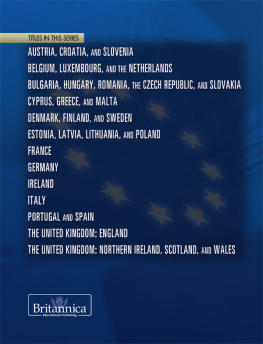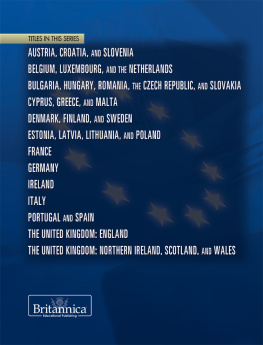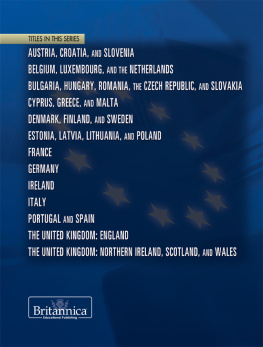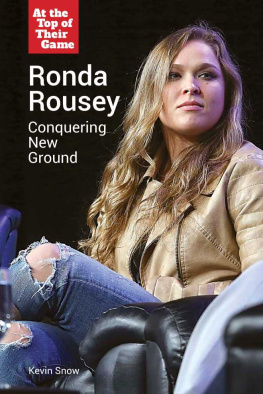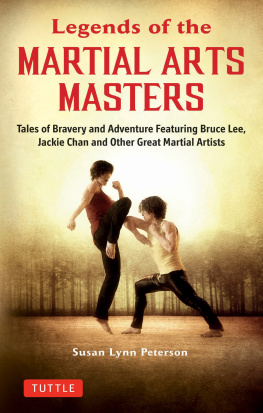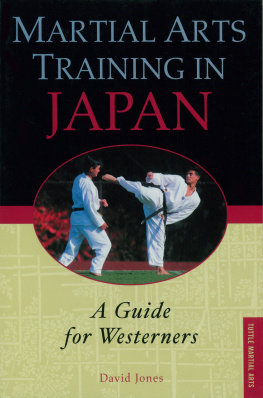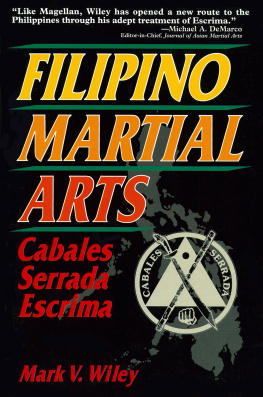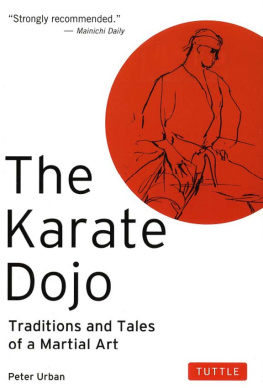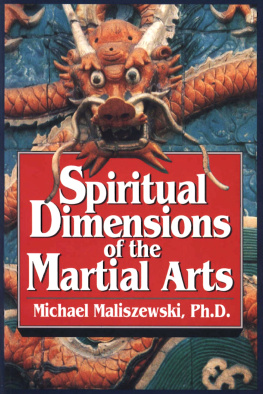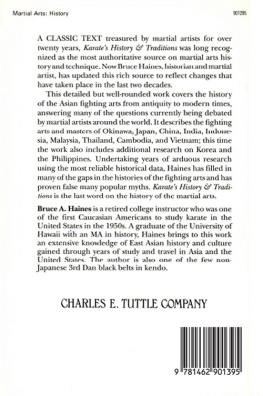

Published in 2015 by Britannica Educational Publishing (a trademark of Encyclopdia Britannica, Inc.) in association with The Rosen Publishing Group, Inc.
29 East 21st Street, New York, NY 10010
Copyright 2015 by Encyclopdia Britannica, Inc. Britannica, Encyclopdia Britannica, and the Thistle logo are registered trademarks of Encyclopdia Britannica, Inc. All rights reserved.
Rosen Publishing materials copyright 2015 The Rosen Publishing Group, Inc. All rights reserved
Distributed exclusively by Rosen Publishing.
To see additional Britannica Educational Publishing titles, go to rosenpublishing.com.
First Edition
Britannica Educational Publishing
J. E. Luebering: Director, Core Reference Group
Anthony L. Green: Editor, Comptons by Britannica
Rosen Publishing
Hope Lourie Killcoyne: Executive Editor
Nelson S: Art Director
Michael Moy: Designer
Cindy Reiman: Photography Manager
Introduction and supplementary material by Marty Gitlin.
Library of Congress Cataloging-in-Publication Data
Martial arts and their greatest fighters / edited by Marty Gitlin.First edition.
pages cm.(Inside sports)
Includes bibliographical references and index.
ISBN 978-1-6227-5589-9 (eBook)
1. Martial artsJuvenile literature. 2. Martial artistsJuvenile literature. I. Gitlin, Marty, editor of compilation.
GV1101.35.M37 2015
796.8dc23
2014024022
On the cover, page 3: Fighters Terrion Ware (L) and Eric Winston. Chelsea Lauren/Getty Images for BAMMA USA
Pages 67, 11, 30, 44, 56, 69, 70, 72, 76, 78 iStockphoto.com/LSOphoto; pp. 14, 18, 38, 39, 40 Neil Lockhart/Shutterstock.com; back cover, interior pages background image nobeastsofierce/Shutterstock.com; silhouettes Amitofo/Shutterstock.com.
CONTENTS
M artial arts are any of a variety of fighting sports or skills. They are most often associated with combat between individuals, but they are also practiced to promote self-defense and fitness. Many people around the world use martial arts to improve their physical, emotional, spiritual, and mental health.
Martial arts can be traced to ancient cultures. Paintings on Egyptian pyramids dating as far back as 3400 BCE depict battles that can be linked to martial arts. Poems and other forms of writing around that time also describe early forms of combat that can be associated with martial arts. Drawings in Vietnam about 500 years later show that primitive armed martial arts had been practiced in Asia. These drawings display the use of spears, bows, and swords.
More modern martial arts extend back to means of combat in sixteenth-century Europe. The term was first used to describe fencing as far back as 1639. But such disciplines as kung fu, judo, karate, and kendo are mostly linked to East Asia.

Buddhist monks practice kung fu at Shaolin Monastery on Mount Song in China. The Shaolin monks are renowned for their prowess in the martial arts. Nancy Brown/Photolibrary/Getty Images
Martial arts can be divided into the unarmed and armed styles of battle and sport. The origins of European martial arts included the use of archery and spears. Those styles were practiced later in Japan. Unarmed martial arts were born and developed in China. They stressed striking with feet or hands. The advancement of martial arts in Asia also included the use of everyday work tools such as sickles and knives.

Two students practice kendo drills using shinai , wooden (usually bamboo) swords. Kendo, the Japanese style of fencing, originated from the fighting methods of the ancient warrior class, called the samurai. Boston Globe/Getty Images
In modern times, offshoots of some of the armed martial arts, such as kendo (fencing) and kyudo (archery), are practiced as sports. Spinoffs of unarmed forms of battle such as judo, sumo wrestling, karate, and tae kwon do are also embraced. So are self-defense forms, such as aikido, hapkido, and kung fu.
Forms of martial arts once used in fighting, including a Chinese style of unarmed combat called tai chi chuan, have also been simplified for peaceful purposes. They have been used to improve health and spiritual well-being.
East Asian martial arts boast a strong tie to mental and spiritual strength. That sets them apart from martial arts disciplines practiced elsewhere. East Asian martial arts are heavily influenced by religions of the region such as Taoism and Zen Buddhism. They place an emphasis on creating an ideal relationship between body and mind so the two can work in unison. The goal is to shut down the calculating and rationalizing functions of the mind. That shutdown allows the mind to react immediately and in harmony with the body to whatever situation it might encounter.
This book will examine some of the martial arts forms from their beginnings in Asia to their growing influence around the world at the present time. It will also introduce readers to historic figures whose martial arts have long been celebrated. Todays martial arts stars who stand out for their exceptional fighting techniques are also profiled, exemplifying the rich culture of the martial arts that continues to capture the interest of athletes who want to master the variety of attack and defense skills the sports offer. These noteworthy figures have contributed greatly to the evolution of martial arts as a legitimate and highly regulated form of athletics and competition.
T he term martial arts refers to a large variety of fighting sports originating in Europe and East Asia, but practiced in modern times around the world. The word martial is derived from Mars, the Roman god of war. It is used to describe activities with a combative bent. Many of the martial arts, however, are not combative. Some are meditative forms of self-discipline with strong religious or philosophical overtones. They are heavily influenced by Eastern religion and emphasize mental and spiritual training.
Folktales and mythologies cloud the origins of martial arts. One popular legend holds that Buddhist monks in China developed kung fu around 500 CE after learning the skill from Indian monk and Zen Buddhism founder Bodhidharma. Fighting systems were developed in Asia thousands of years ago by military organizations and secret societies. Most of the East Asian systems were heavily influenced by ancient practices that originated in India and China.

